Understanding Wandbegrünung Indoor
Definition and Importance
Wandbegrünung Indoor, or indoor green walls, are living wall systems that integrate vegetation into the architecture of a space. These installations not only enhance the aesthetic value of interiors but also contribute significantly to improving air quality and promoting emotional well-being. Green walls can transform a dull room into a vibrant oasis, paving the way for a more inviting and refreshing environment, particularly in urban areas where greenery is scarce.
More than just decorative features, indoor green walls play a crucial role in mitigating indoor air pollution by absorbing carbon dioxide and releasing oxygen. When designed thoughtfully, they can help regulate temperature, reduce humidity, and support sound absorption, effectively creating a more comfortable indoor climate. As more people recognize these benefits, Wandbegrünung Indoor is gaining traction as an integral part of modern interior design.
Benefits of Indoor Green Walls
The benefits of incorporating indoor green walls into your space extend far beyond aesthetics. Here are some of the notable advantages:
- Improved Air Quality: Plants naturally purify the air by absorbing toxins and releasing fresh oxygen, contributing to a healthier indoor environment.
- Stress Reduction: Studies have shown that indoor greenery can lower stress levels and promote relaxation, making green walls ideal for offices, hospitals, and homes.
- Acoustic Benefits: Green walls can help absorb sound, creating a quieter atmosphere in busy environments.
- Aesthetic Appeal: They add a unique and dynamic visual element to any space, offering endless design possibilities.
- Temperature Regulation: Vegetation provides insulation and can help maintain more stable indoor temperatures.
Common Misconceptions
Despite their rising popularity, several misconceptions still surround indoor green walls:
- High Maintenance: While they do require care, modern systems are designed to minimize maintenance efforts. With the right plant selection and irrigation systems, upkeep can be manageable.
- Limited Plant Choices: Many believe that only certain plants can thrive in these environments, but a diverse range of species can be adapted for indoor green walls.
- Expensive to Install: While initial costs may seem high, long-term benefits such as energy savings and health improvements can justify the investment.
Choosing the Right Plants for Wandbegrünung Indoor
Best Climate-Suitable Plants
Selecting the right plants for your indoor green wall is vital for its success. Consider climate and the indoor environment’s unique conditions:
- Ferns: These plants thrive in humid environments and are excellent for shaded areas.
- Spider Plants: Known for their air-purifying qualities, they adapt well to various conditions.
- Pothos: A resilient species that can tolerate low light and infrequent watering.
- Succulents: Ideal for brighter or drier spaces, succulents require moderately less water, making them excellent low-maintenance options.
- Peace Lilies: Known for their unique blooms and air purification abilities, peace lilies thrive in lower light environments.
Considerations for Light and Space
When selecting plants, it’s essential to consider the light availability and the physical space of the installation. Low-light areas can restrict plant choices, while brighter spaces enable a broader variety. Additionally, the layout, height, and volume of the green wall will influence your choice, as some plants, like ferns and vines, will grow differently in terms of size and spread compared to succulents or cacti.
Maintenance Needs Explained
Different plants come with varying maintenance needs. Understanding these requirements can help you devise a care routine. For example:
- Watering: Ensure adequate moisture levels without waterlogging. Most indoor plants prefer slightly moist soil.
- Nutrient Requirements: Utilize balanced fertilizers to supply essential nutrients, especially during the growing season.
- Pruning: Regularly trim plants to encourage healthy growth and maintain the aesthetic of the green wall.
Designing Your Indoor Green Wall
Creative Layout Ideas
Designing an indoor green wall is an opportunity to express your creativity. Here are several design ideas:
- Grid Pattern: Arrange plants in a grid for a geometric look that offers symmetry and balance.
- Mixed Colors and Textures: Combine different species for varied foliage, adding dimension and depth.
- Vertical Planters: Utilize modular planters that allow you to create a vertical garden that can be easily rearranged.
Color Coordination with Decor
Consider the existing color palette of your space when designing your green wall. Lush green foliage can complement a wide array of colors. You might choose to integrate colorful flowers or vibrant foliage into the design to create a stunning contrast against walls painted in subtle tones or earthy hues. This consideration enhances the overall aesthetic appeal, thereby bridging the greenery with the indoor style.
Utilizing Vertical Space Effectively
Indoor spaces often lack horizontal real estate, making vertical gardening an ideal solution. Leverage walls, corners, and even hallways by installing green walls that draw the eye upward. Use trellises or wall-mounted planters that allow vine plants to climb, creating visual drama and depth. This approach not only maximizes space but also enhances air circulation around the plants.
Installation Tips for Wandbegrünung Indoor
Step-by-Step Installation Guide
Installing an indoor green wall can be an exciting DIY project. Here’s how you can do it:
- Select the Location: Choose a wall that receives adequate light and is easily accessible for maintenance.
- Prepare the Wall: Ensure the wall surface is clean, dry, and suitable for planting. Removing any old paint may be necessary to help the adhesive stick better.
- Install the Framework: Attach vertical planters or a grid structure to your wall using robust screws or adhesive.
- Add the Growing Medium: Fill planters or pockets with a suitable growing medium designed for indoor plants.
- Plant Selection: Arrange your chosen plants in the framework, considering their light and moisture needs.
- Irrigation System: Set up a drip irrigation system to ensure consistent water supply. Consider incorporating timers for efficiency.
- Monitor and Adjust: After installation, monitor the plants for growth conditions and make adjustments as necessary.
Tools and Materials Required
To undertake this project, you will need:
- Vertical planters or a modular system
- Potting mix or soil
- Drip irrigation tools and tubing
- Mounting tools (screwdriver, drill, adhesive, etc.)
- Watering can or sprayer
- Plant selections
Common Installation Mistakes to Avoid
Even experienced DIYers can make mistakes during installation. Here are some common pitfalls to avoid:
- Inadequate Sunlight: Failing to assess light conditions can jeopardize plant health from the start.
- Poor Drainage: Proper drainage is critical to prevent root rot, so ensure the system allows excess water to escape.
- Overcrowding Plants: Giving plants enough space is important for healthy growth; avoid cramming too many into a small area.
Maintaining Your Wandbegrünung Indoor
Watering and Care Routines
A consistent watering schedule is essential for healthy indoor green walls. Here are some tips on establishing a care routine:
- Watering Frequency: Check the soil moisture level at least once a week. Adjust the frequency based on the plant type and environmental conditions.
- Humidity Levels: Many indoor plants thrive in humid conditions. Employ humidifiers or misting techniques to maintain optimal levels, especially during dry seasons.
- Monitoring Growth: Keep an eye on your plants for signs of stress, such as browning leaves or wilting, and adjust watering accordingly.
Pest Management Strategies
Indoor plants can be susceptible to pests such as spider mites, aphids, and mealybugs. Implement these strategies for effective pest management:
- Regular Inspections: Examine foliage and soil regularly for signs of pests, catching infestations early.
- Natural Remedies: Use neem oil or insecticidal soaps to treat minor infestations without exposing the indoor environment to harsh chemicals.
- Encourage Beneficial Insects: Introduce predators like ladybugs to help control pest populations naturally.
Regular Maintenance Checklist
A maintenance checklist can help keep your indoor green wall thriving:
- Check soil moisture levels weekly.
- Inspect for pests and diseases bi-weekly.
- Fertilize every 4-6 weeks during the growing season.
- Prune dead or overgrown leaves monthly to encourage healthy growth.
- Ensure that the irrigation system is functioning correctly every month.

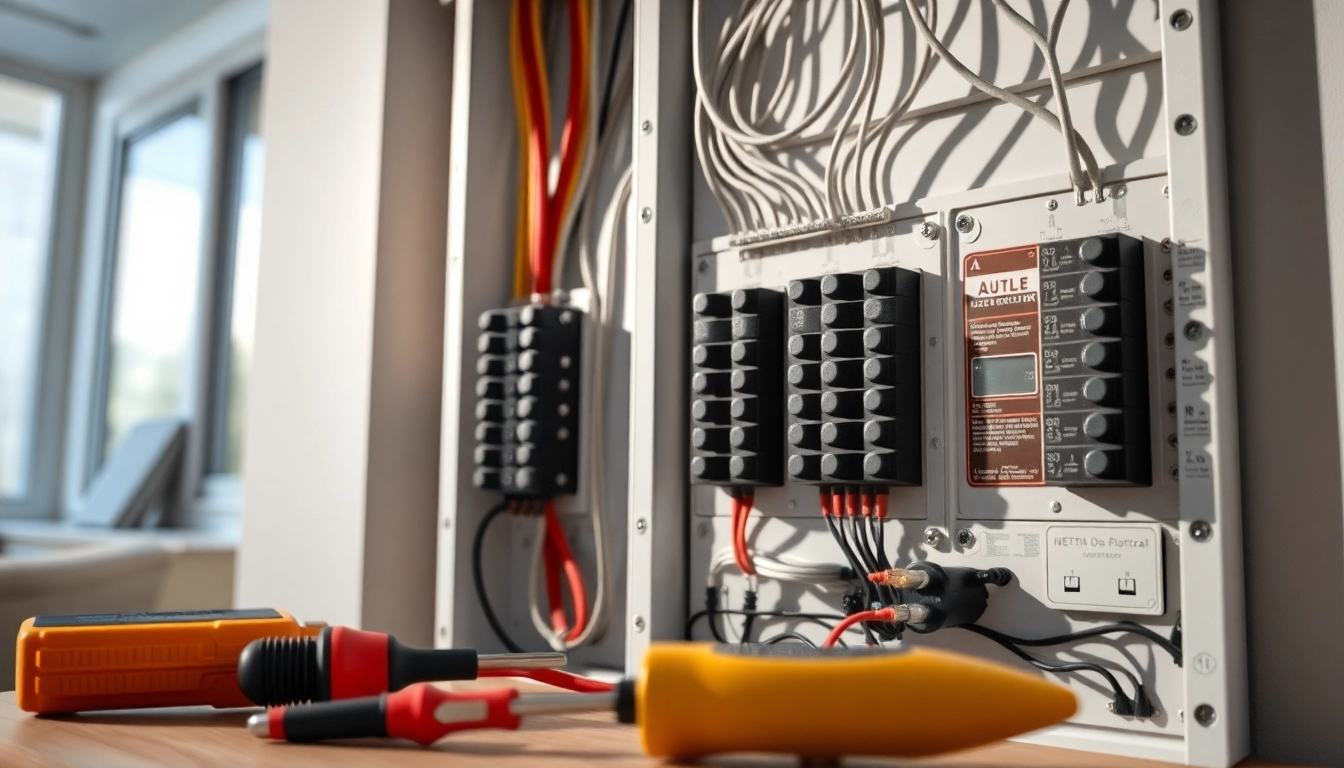
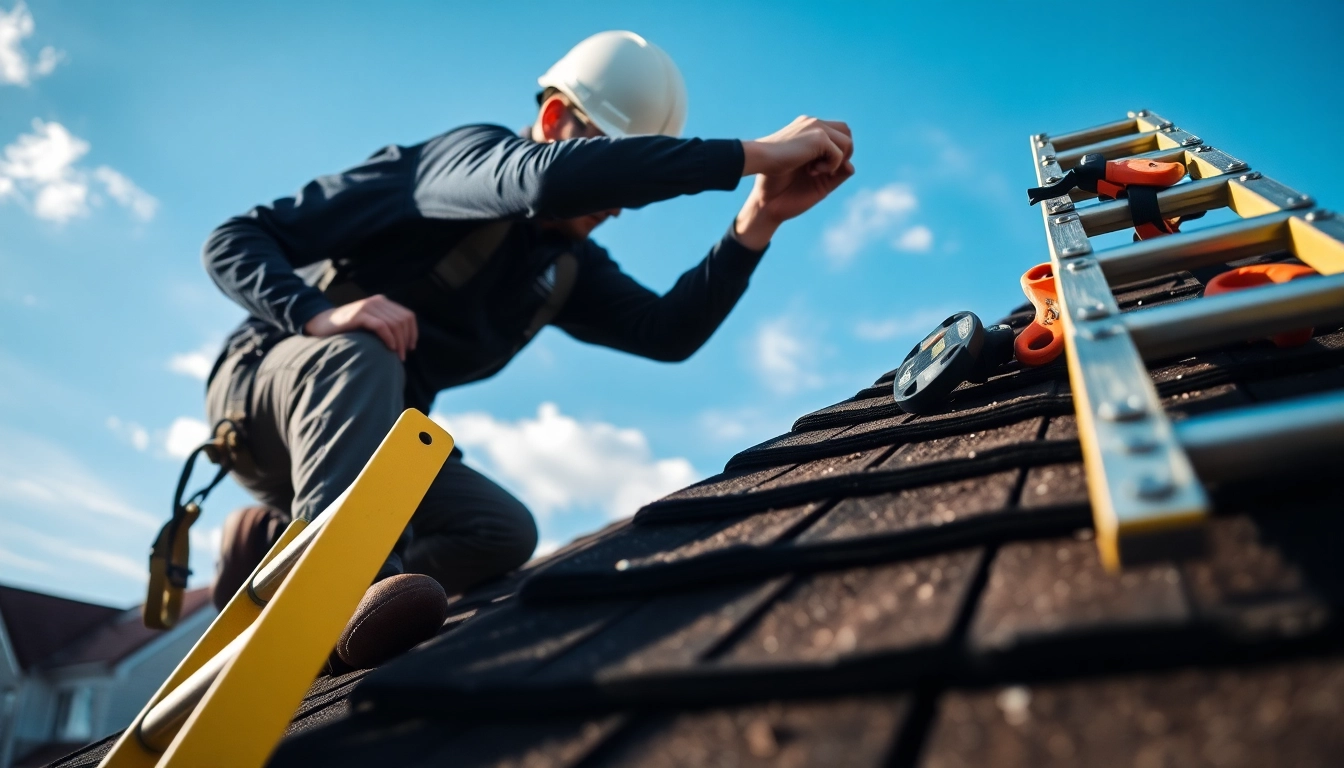

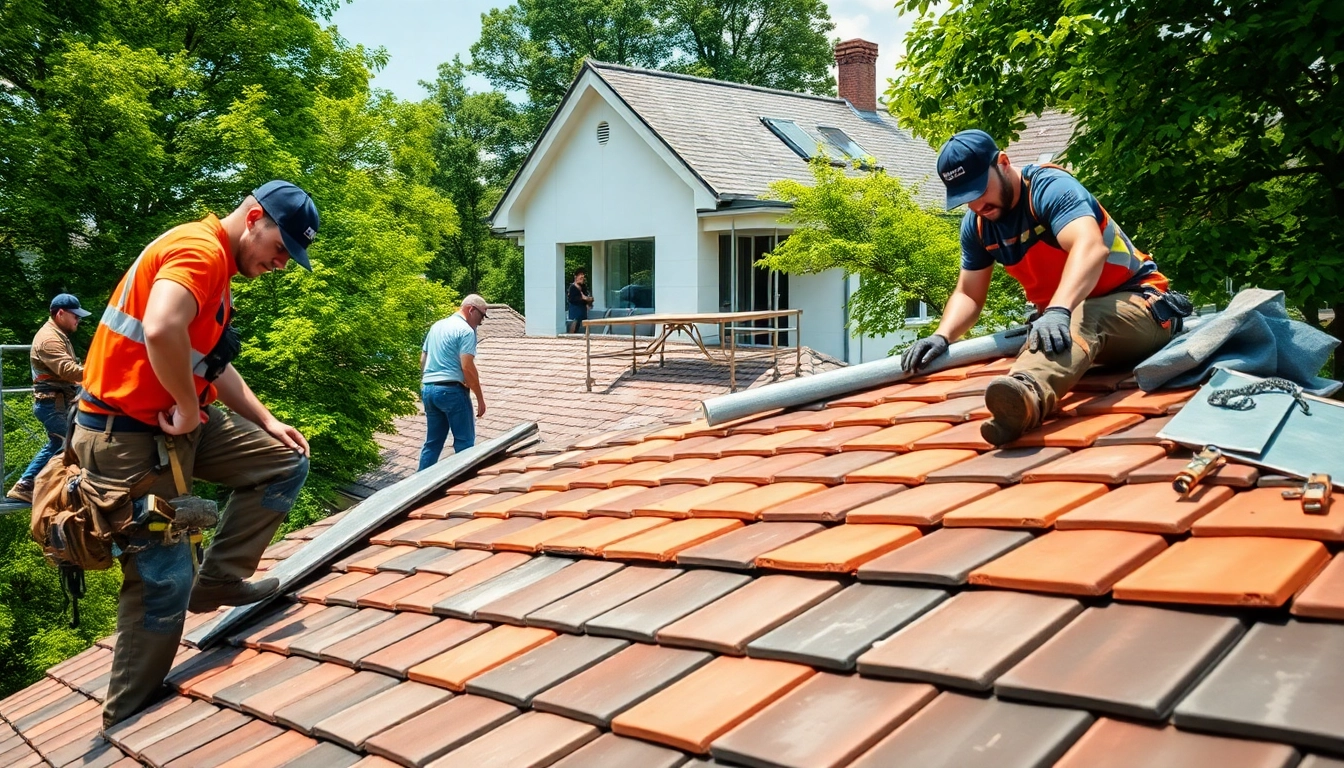

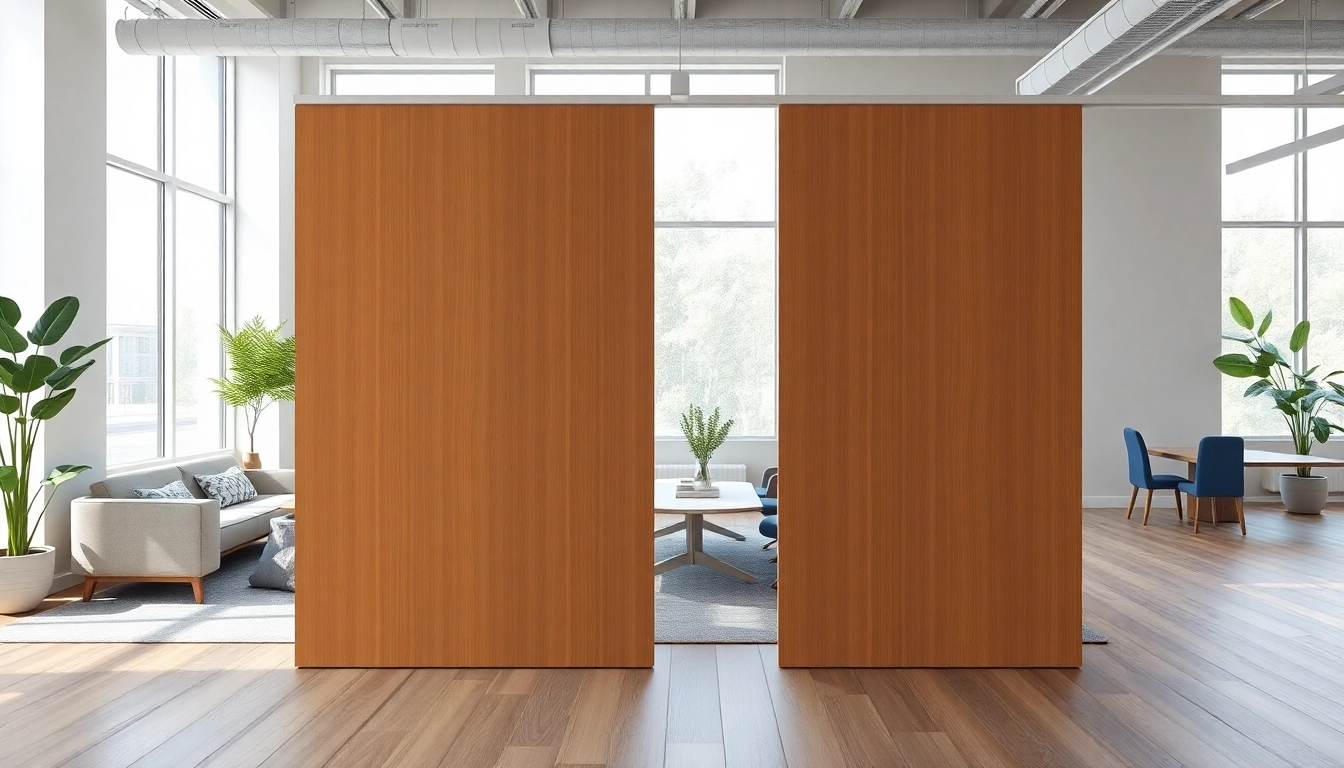
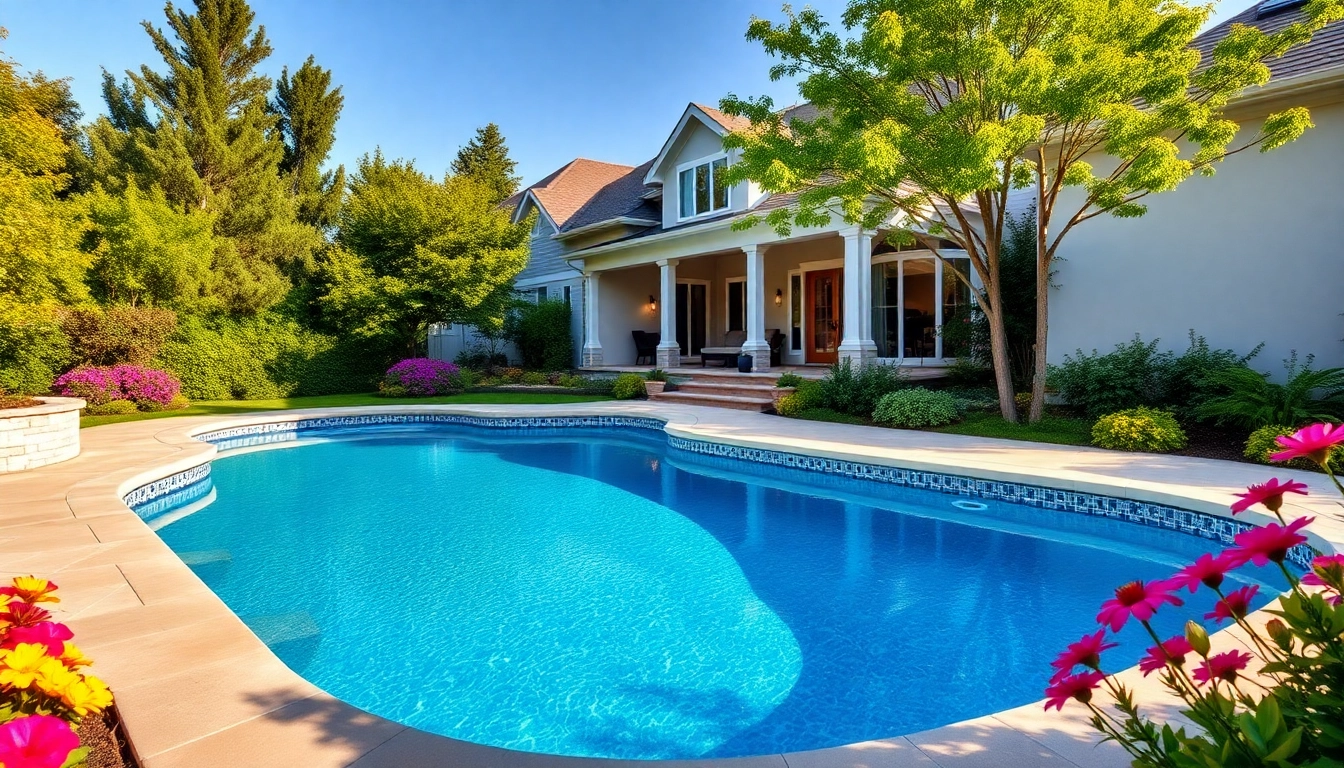
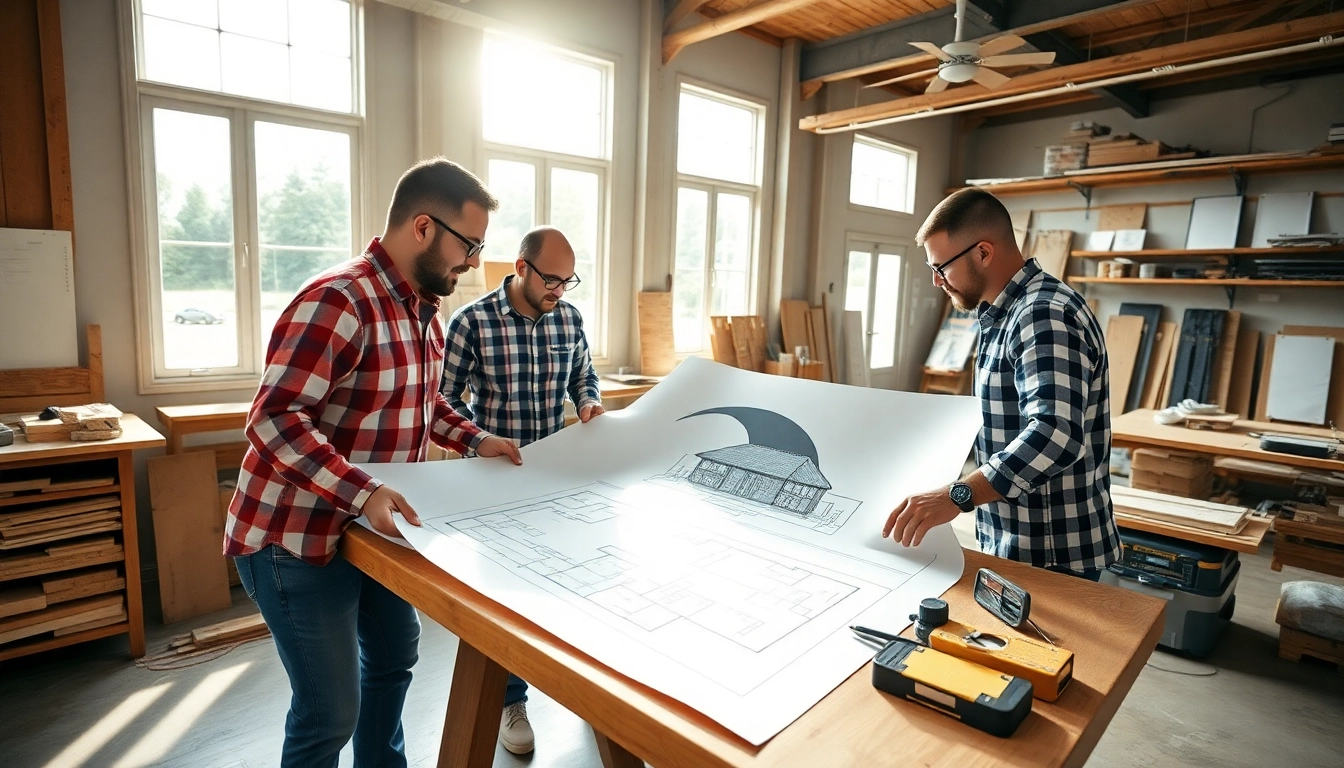
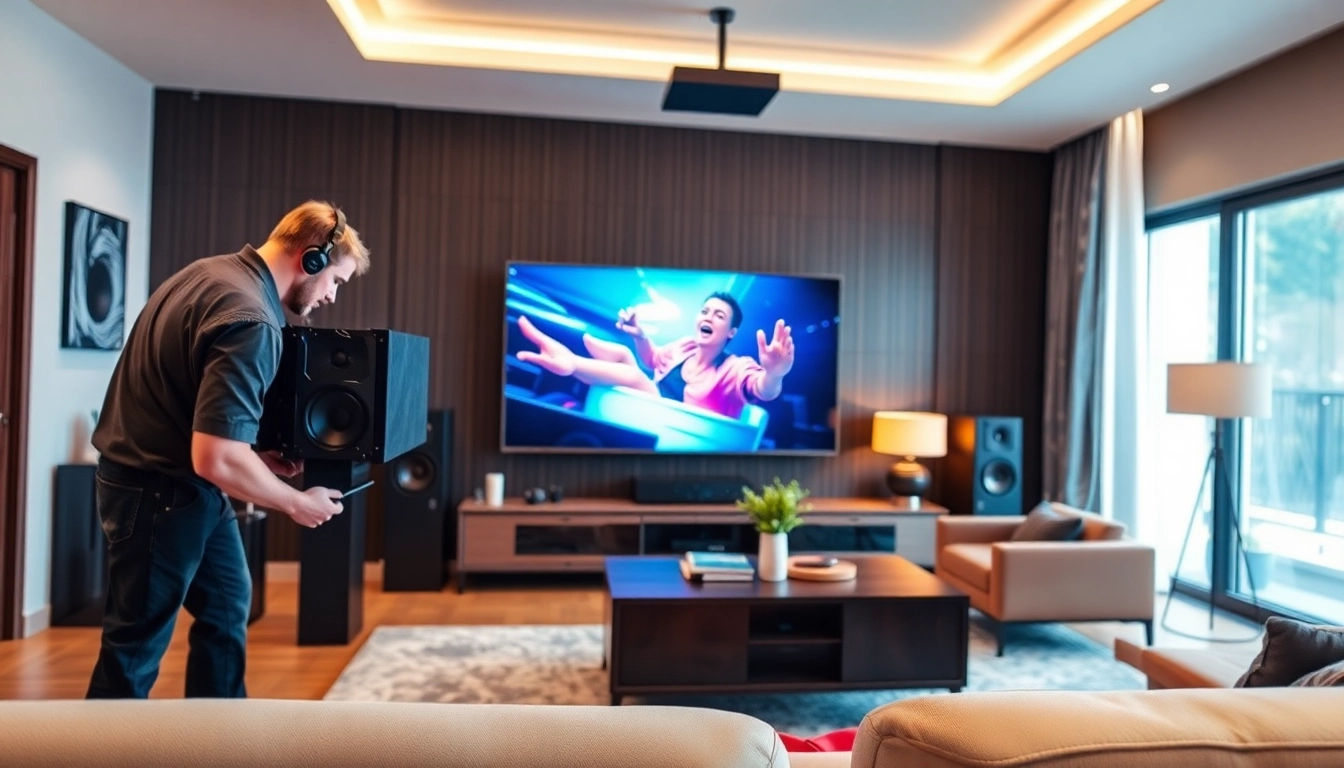
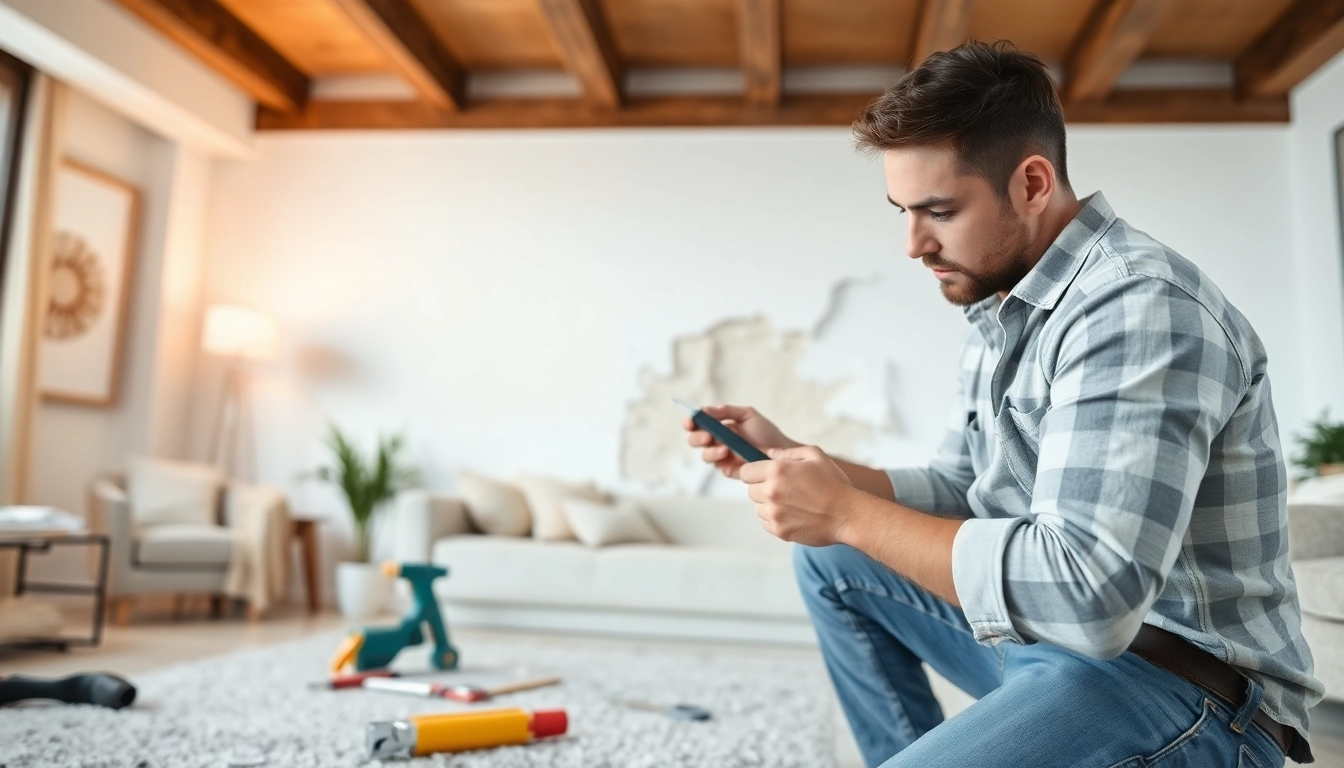
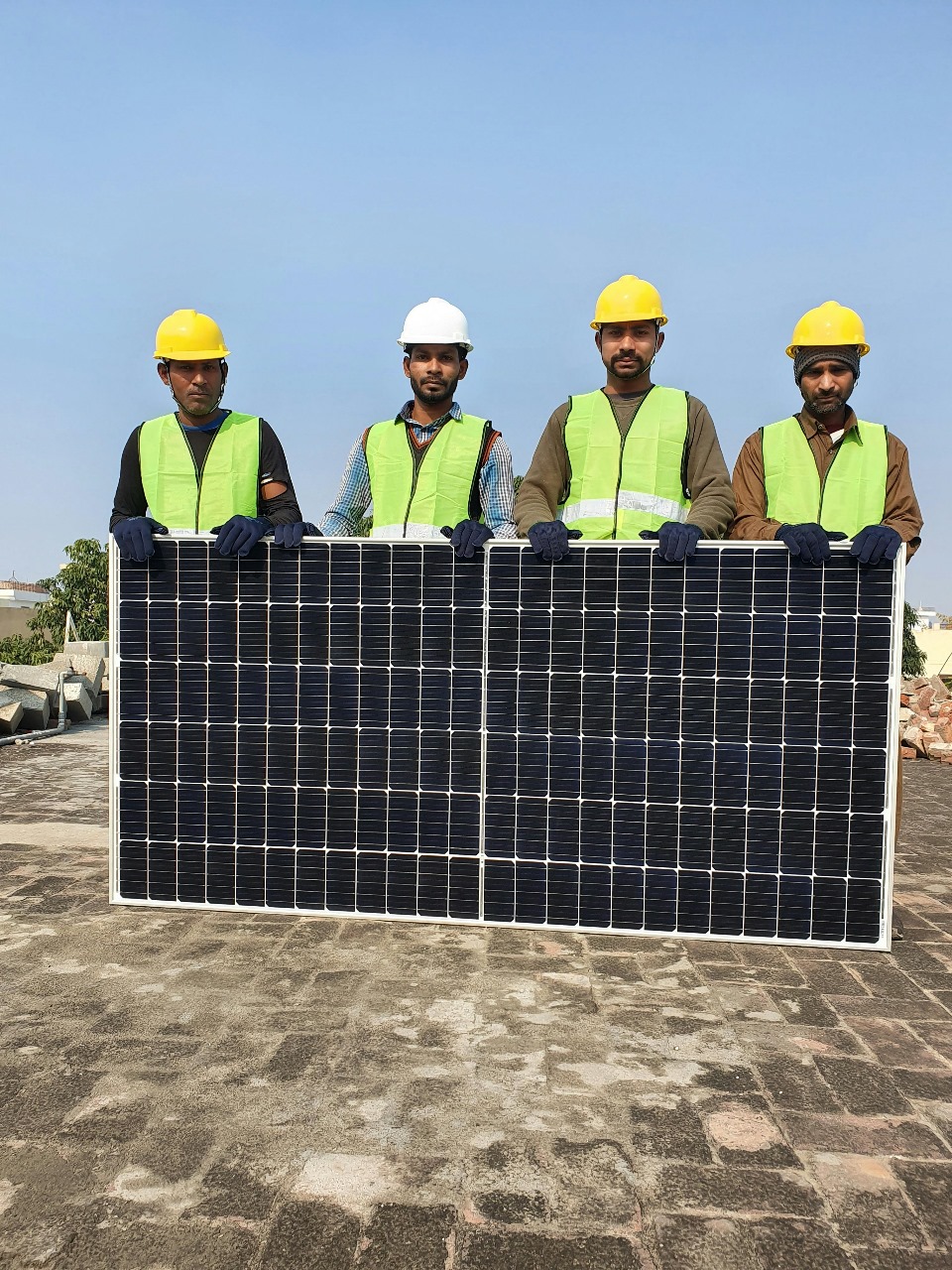



Leave a Reply